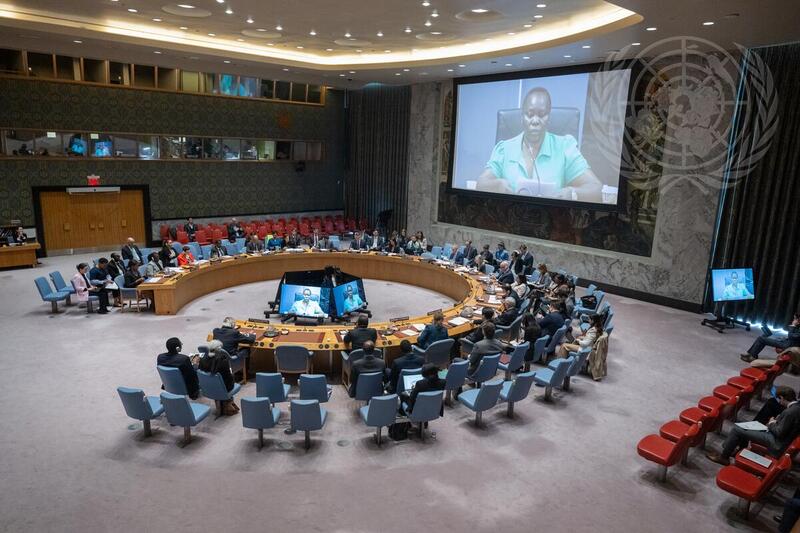
Governance and Coordination
Effective multisectoral governance and coordination mechanisms are required to address antimicrobial resistance at all levels.
Multisectoral Action Through NAPs
Governments should instate formal and informal mechanisms within their National Action Plans (NAPs) to promote a multisector approach, including a coordinating body charged with engaging ministries and various antimicrobial resistance (AMR) stakeholders for effective implementation.
Evidence: Only half the countries responding to the Tracking AMR
Country Self- Assessment Survey (TrACSS) in 2023 had an effective multisectoral coordinating mechanism in place to provide guidance and oversight to implementation. (Source)
This message is reflected in the U.N. political declaration in OP17, OP19, OP24.
Multisectoral Action Through the Quadrapartite Joint Secretariat
AMR investors and other key stakeholders must continue to reinforce and resource the Quadrapartite Joint Secretariat as the lead coordinator of the AMR response through a multisectoral, One Health approach.
Evidence: AMR requires a One Health response because resistant organisms can spread quickly and easily between people, animals, food, and the environment. (Source)
This message is reflected in the U.N. political declaration in OP22, OP25-27.

Evidence for Action Through an Independent Panel
An inclusive and independent science-policy panel is needed to generate and analyze scientific evidence across geographies and sectors to inform AMR policy and strategy.
Evidence: There are major gaps in the availability of standardized and interoperable data make it extremely difficult for governments, health authorities, life sciences companies and global health organizations to make sound decisions on policy, financing, research and various interventions. (Source)
This message is reflected in the U.N. political declaration in OP30.
Coordination Through the Multi-Stakeholder Partnership Platform
Collaboration and coordination among stakeholders at all levels across the One Health spectrum – as facilitated by the Multi-Stakeholder Partnership Platform – are essential for tackling a complex issue like AMR.
Evidence: Scientific review has shown that multisectoral interventions influence health system performance by improving service delivery efficiency, readiness, acceptability and affordability. (Source)
This message is reflected in the U.N. political declaration in OP23, OP28.

Political Leadership Through the Global Leaders Group
Ongoing leadership and convening, including activities led by the Global Leaders Group, is needed to maintain urgency, public support, political momentum and visibility of the AMR crisis.
Evidence: Systematic review has shown that political leadership significantly impacts health outcomes by influencing policies, resource allocation, and public perception of health issues. (Source)
This message is reflected in the U.N. political declaration in OP18, OP23.

Continuum of Political Convenings
Sustained political attention and action on AMR requires a continuum of high-level discourse and convening, as supported by a troika system of High-level Ministerial Conferences.
Evidence: If a troika system is upheld, ministerial meetings will be held again in 2026 and 2028 – one year ahead of the next UNGA High-Level Meeting on AMR planned for 2029. This kind of foresight is unprecedented and allows for far more long-term and strategic planning of actions for AMR actors. (Source)
This message is reflected in the U.N. political declaration in PP12-13, OP28, OP106.
Legislative Action
Involvement of national legislators is critical to increasing accountability to and implementation of NAPs, enhancing the connection between science and policymaking in tackling AMR, and tracking progress on evidence-based policy actions.
Evidence: To date, legal responses to AMR have focused on sector-based approaches, but solutions that are both multi-sectoral and respectful of the autonomy of each regulatory area are needed to prevent legal fragmentation and ensure solid regulatory responses. (Source)
Inclusion of Civil Society in Governance
The involvement of communities and civil society organizations in the global AMR response must be given full recognition and prioritized as a key component of any effective plan moving forward.
Evidence: CSOs make significant contributions to redefining the AMR narrative, generating the data for action and policy change, advocating for policy change, promoting research and influencing AMR research decisions, and undertaking behavior change communication for different target groups, among others. (Source)
This message is reflected in the U.N. political declaration in OP29.
Monitoring and Accountability
Commitments at all levels, including through National Action Plans, should include robust follow-up mechanisms to monitor progress and share best practices.
Evidence: In 2023, only 27% of countries reported implementing their national action plans effectively. (Source)
This message is reflected in the U.N. political declaration in OP102.